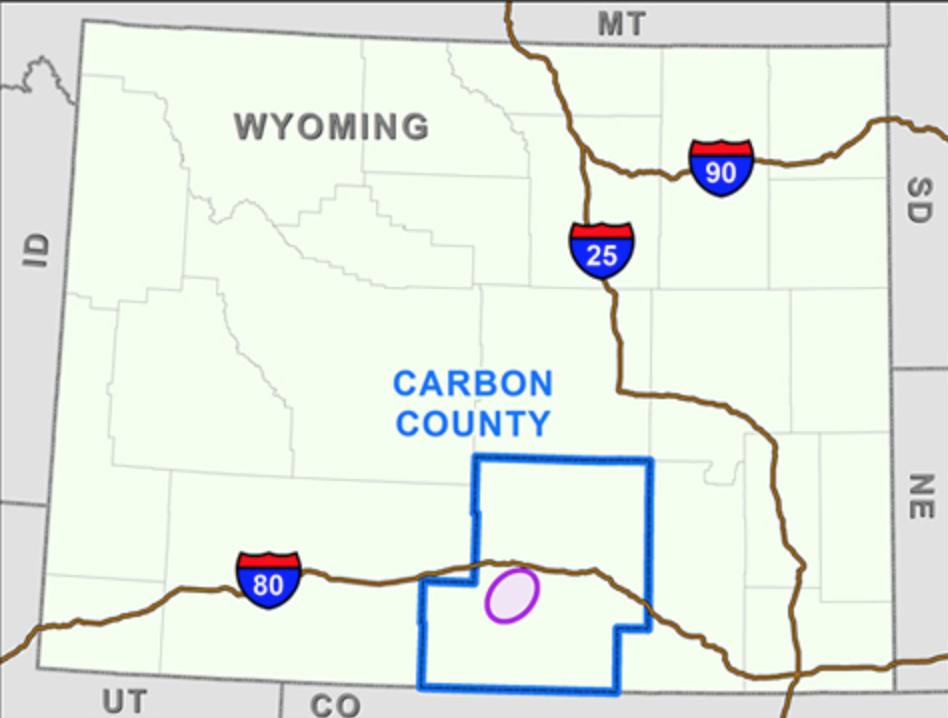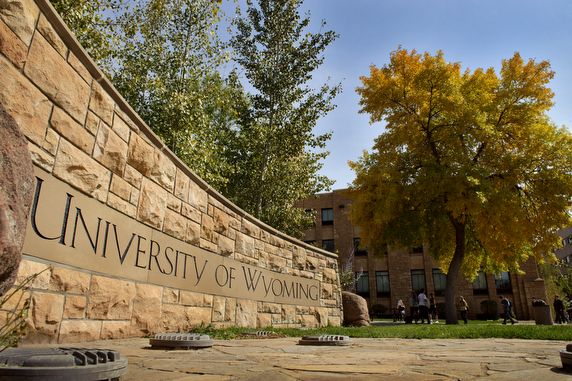
By Carrie Haderlie
Laramie Boomerang
Via- Wyoming News Exchange
LARAMIE – Construction on the Chokecherry and Sierra Madre Wind Energy Project in Carbon County started again for the season on April 12, and the project has generated its fair share of national attention in recent months.
In early March, the CCSM project was featured in a New York Times story on wind energy, and it is also featured in a Discovery Channel special feature on climate called “Action Planet.” The hour-long special includes a seven-minute focus on wind energy in Campbell and Carbon counties.
“The Carbon County portion has beautiful footage of the Rocky Mountain Power wind power plants in Carbon County, and an interview with Rawlins Mayor Terry Weickum about the new opportunities that wind energy is bringing,” Kara Choquette, director of communications and government relations for Power Company of Wyoming, LLC, said.
In the segment, University of Wyoming Energy and Economics Professor Rob Godby, PhD, says that coal is declining, and if there is ever a time when the last coal train leaves the station, it will likely depart from Wyoming
“Coal is declining. It is unavoidable,” Godby says. “(There are) cheaper forms of energy production that are already available now. It has already started with natural gas, it will continue with renewables. We need to accept that and start planning for a transition.”
The segment covers the transition from coal to wind beginning in Carbon County in the 1980s, and in it, Weickum says that wind energy provides money, jobs and economic sustainability to the community after downturns in coal and oil and gas jobs.
The CCSM Project is the largest single wind power project in the United States and the electricity it will produce will be targeted to markets in the southwestern United States.
According to Wyoming Energy Authority Executive Director Glen Murrell, Wyoming’s energy future includes both renewable energy and fossil fuels.
“We want to do things that assist the entire energy economy all at once, and we don’t want to pick winners or pursue technologies that only benefit a small section,” Murrell said in a recent interview with the Wyoming Business Report.
Created in 2020, the Wyoming Energy Authority has been tasked with securing and sustaining the entire energy economy of the state, from coal and oil and gas to wind and solar energy. Working with existing players like the Wyoming Business Council and the University of Wyoming’s School of Energy Resources and Enhanced Oil Recovery Institute, the WEA is poised to help the state move into an evolving energy landscape.
“Everybody can see that certain sectors of the energy sector are in decline, or are being challenged,” Murrell said, adding that there is a macro-economic trend driven by consumer demand for low emissions energy.
“Wyoming has powered the nation for decades, and has contributed massively to the personal well-being of literally hundreds of millions of Americans over the last 50 years,” Murrell said. “We want to continue to do that, but we need to continue to do it not just with the rich hydrocarbon resources we have. We need the other resources too, like wind, solar and geothermal. They are a big part of what we need to leverage, and we have to do it in a way that recognizes that our consumers want low emissions energy.” Once complete, the CCSM Project will be one of the largest private, non-government employers in Carbon County and would provide millions of dollars in new, non-mineral tax revenue to Wyoming every year, Choquette said.
The CCSM Project is fully permitted by the BLM, the state and Carbon County.
The completed site will include up to 896 turbine foundations and turbines. Turbine foundations will be constructed as soon as 2022 under the current schedule, she said.
From 2016-2020, Power Company of Wyoming has completed about 112 miles of roads and 132 turbine pads.
“That work has created and supported good new direct construction jobs, direct environmental compliance jobs, and indirect jobs in Carbon County and Wyoming,” Choquette said. “It has led to more sales/ use tax revenue flowing into the state, for example, over $200,000 in new sales/use taxes paid in Wyoming just for the purchase of culverts being installed as part of the road construction.”






